The Invention and Evolution of CPAP Technology
The Invention of CPAP
Continuous Positive Airway Pressure (CPAP) therapy revolutionized the treatment of sleep apnea, a condition characterized by repeated breathing interruptions during sleep. The story of CPAP begins in the early 1980s, credited to Dr. Colin Sullivan, an Australian respiratory physician at the University of Sydney.
In 1981, Sullivan and his team published a seminal paper in The Lancet, detailing their groundbreaking approach to treating obstructive sleep apnea (OSA). Sullivan's inspiration came from observing patients with severe OSA who required tracheostomies to breathe at night—a drastic and invasive solution. Seeking a non-surgical alternative, Sullivan hypothesized that maintaining positive airway pressure could prevent the collapse of the upper airway during sleep.
Sullivan's first CPAP device was a rudimentary prototype. He adapted a vacuum cleaner motor to deliver a continuous flow of pressurized air through a mask sealed over the patient’s nose. The setup was bulky, noisy, and far from user-friendly, but it worked. In his initial study, five patients with severe OSA experienced near-complete elimination of apneic episodes when using the device. This marked the birth of CPAP therapy, offering a non-invasive solution that transformed sleep medicine.
The first commercial CPAP machines emerged in the mid-1980s, pioneered by companies like Respironics (now part of Philips). These early devices were large, expensive, and primarily used in clinical settings or by patients with severe cases. Despite their limitations, they laid the foundation for widespread adoption of CPAP therapy.
Evolution of CPAP Technology Over 40 Years
Over the past four decades, CPAP technology has undergone significant advancements, driven by innovations in engineering, materials science, and digital health. Below is a timeline of key developments:
1980s: The Early Years
-
Devices: First-generation CPAP machines were heavy (often over 20 pounds), noisy, and lacked precise pressure control. They delivered a fixed pressure level, which could be uncomfortable for some users.
-
Masks: Early masks were custom-molded and made of rigid materials, often causing discomfort and air leaks. Nasal masks were the primary option, as full-face masks were not yet widely available.
-
Challenges: Limited portability and high costs restricted access. Patient compliance was low due to discomfort and noise.
1990s: Refinement and Accessibility
-
Devices: Machines became smaller and quieter, with improved motors and sound-dampening materials. The introduction of BiPAP (Bilevel Positive Airway Pressure) offered two pressure settings—one for inhalation and a lower one for exhalation—enhancing comfort for patients with higher pressure needs.
-
Masks: Silicone replaced rigid materials, improving seal and comfort. Full-face masks emerged, catering to mouth breathers and those with nasal congestion.
-
Humidification: Heated humidifiers became standard, reducing airway dryness and improving patient tolerance.
-
Impact: CPAP became more accessible, with home use increasing. Sleep clinics expanded, and awareness of OSA grew.
2000s: Digital Integration and Personalization
-
Devices: The introduction of AutoPAP (Auto-Adjusting Positive Airway Pressure) marked a leap forward. These devices used algorithms to adjust pressure dynamically based on real-time detection of airway obstructions, improving efficacy and comfort.
-
Data Tracking: CPAP machines began incorporating SD cards and basic software to track usage, pressure levels, and apnea events, enabling clinicians to monitor compliance and adjust therapy.
-
Masks: Lightweight, minimalist designs like nasal pillows gained popularity. Customizable headgear and mask cushions improved fit and reduced leaks.
-
Portability: Travel-friendly CPAPs emerged, weighing as little as 2–3 pounds, making therapy viable for frequent travelers.
-
Impact: Digital tools empowered patients and clinicians, while smaller devices broadened adoption.
2010s: Connectivity and Patient-Centric Design
-
Devices: Cloud-connected CPAPs enabled remote monitoring via Wi-Fi or Bluetooth. Apps like ResMed’s myAirand Philips’ DreamMapper allowed patients to track their sleep data on smartphones, fostering engagement.
-
Smart Features: Advanced algorithms detected mask leaks, residual apnea, and even central sleep apnea events, prompting automatic adjustments or clinician alerts.
-
Masks: Innovations like memory foam cushions and magnetic headgear clips enhanced comfort and ease of use. Masks became quieter, with improved venting to reduce air noise.
-
Battery Power: Portable battery packs extended CPAP use to off-grid settings, such as camping or air travel.
-
Impact: Telemedicine integration streamlined follow-ups, and patient-centric designs boosted compliance rates.
2020s: AI and Miniaturization
-
Devices: Artificial intelligence (AI) now powers some CPAPs, analyzing sleep patterns to predict and prevent apnea events before they occur. Ultra-compact devices, like ResMed’s AirMini, weigh under a pound and fit in a pocket.
-
Wearable Integration: Some CPAPs sync with wearables (e.g., smartwatches) to correlate sleep data with overall health metrics like heart rate and oxygen levels.
-
Masks: 3D-printed custom masks, tailored to facial scans, are emerging, offering unparalleled fit. Air-touch materials mimic skin texture for comfort.
-
Sustainability: Manufacturers are adopting eco-friendly materials and recycling programs for masks and filters.
-
Impact: CPAP therapy is now highly personalized, with seamless integration into digital health ecosystems. Compliance rates continue to improve, and costs are decreasing due to competition and innovation.
Key Impacts of CPAP Evolution
-
Health Outcomes: Modern CPAPs have reduced cardiovascular risks, daytime fatigue, and cognitive impairments associated with untreated OSA. Studies show consistent CPAP use lowers blood pressure and improves quality of life.
-
Accessibility: Prices have dropped, and insurance coverage has expanded, making CPAP therapy available to millions worldwide.
-
User Experience: Comfort-focused designs and smart features have increased adherence rates, with some studies reporting compliance rates above 70% in recent years.
-
Global Reach: CPAP therapy is now used in over 100 countries, supported by telehealth and portable devices.
Looking Ahead
The future of CPAP technology lies in further miniaturization, AI-driven personalization, and integration with broader health platforms. Innovations like implantable devices or non-contact airway stimulation could eventually complement or replace traditional CPAP for some patients. For now, CPAP remains the gold standard for OSA treatment, a testament to 40 years of relentless innovation sparked by a vacuum cleaner motor and a visionary physician.
Citations
- Sullivan, C. E., Issa, F. G., Berthon-Jones, M., & Eves, L. (1981). Reversal of obstructive sleep apnoea by continuous positive airway pressure applied through the nares. The Lancet, 317(8225), 862–865. https://doi.org/10.1016/S0140-6736(81)92140-1
- Weaver, T. E., & Grunstein, R. R. (2008). Adherence to continuous positive airway pressure therapy: The challenge to effective treatment. Proceedings of the American Thoracic Society, 5(2), 173–178. https://doi.org/10.1513/pats.200708-119MG
- ResMed. (2023). The evolution of CPAP technology. Retrieved from https://www.resmed.com/en-us/sleep-apnea/cpap-technology-evolution/
- Philips Respironics. (2024). Advances in sleep apnea therapy. Retrieved from https://www.usa.philips.com/healthcare/solutions/sleep-apnea
- Schwab, R. J., & Badr, S. M. (2022). Innovations in positive airway pressure therapy. Sleep Medicine Clinics, 17(3), 389–401. https://doi.org/10.1016/j.jsmc.2022.05.002
Publishing Date
April 19, 2025

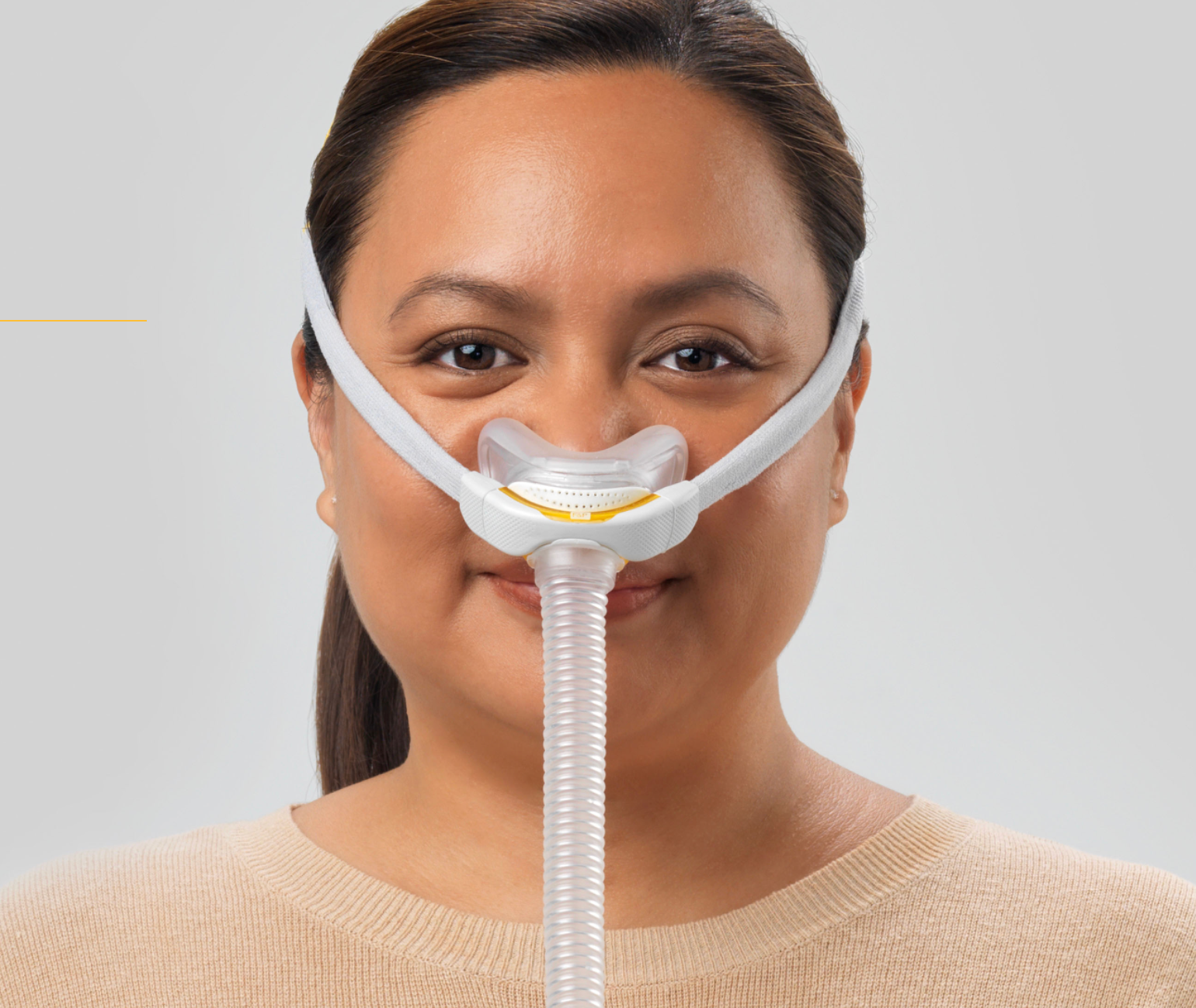
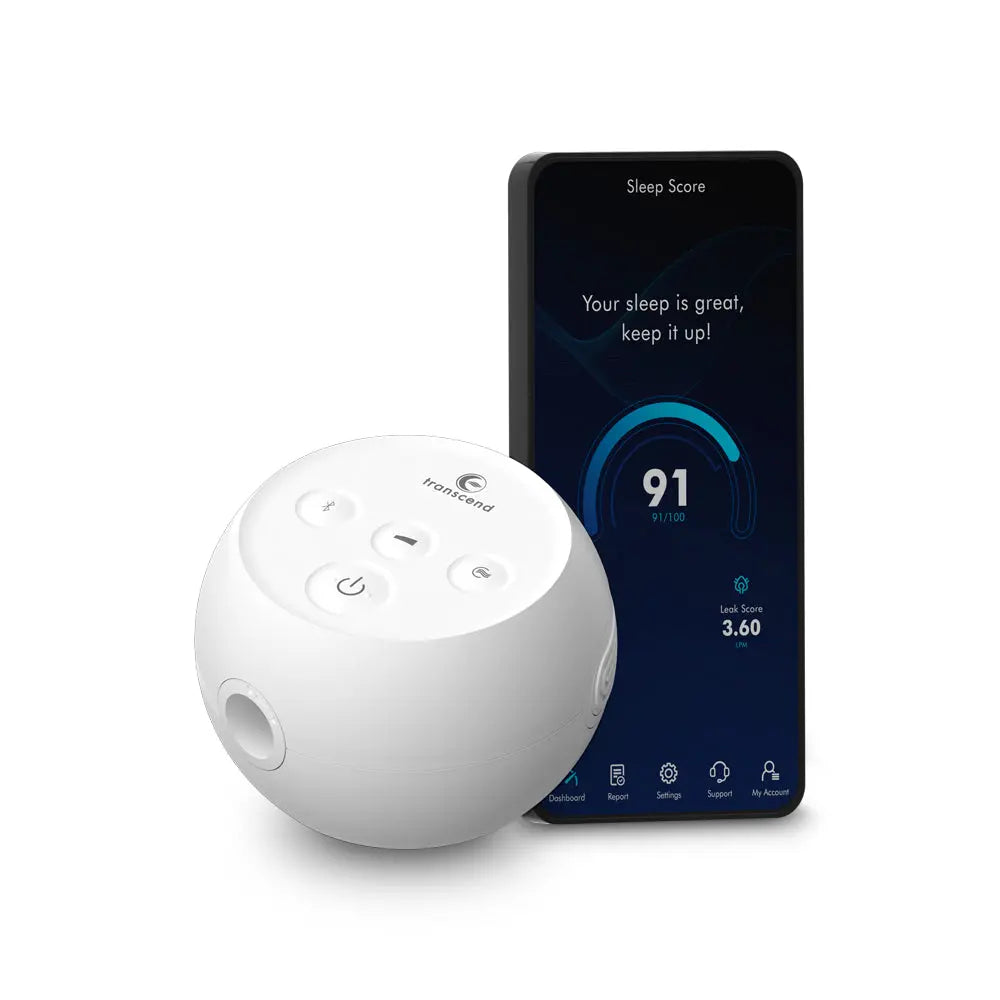
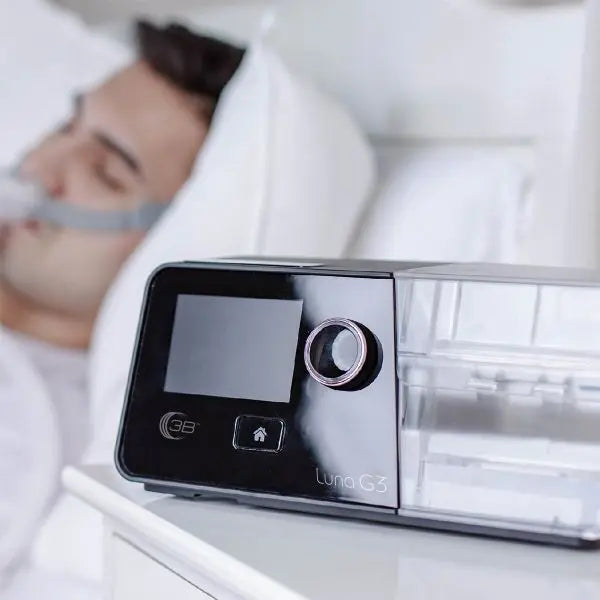
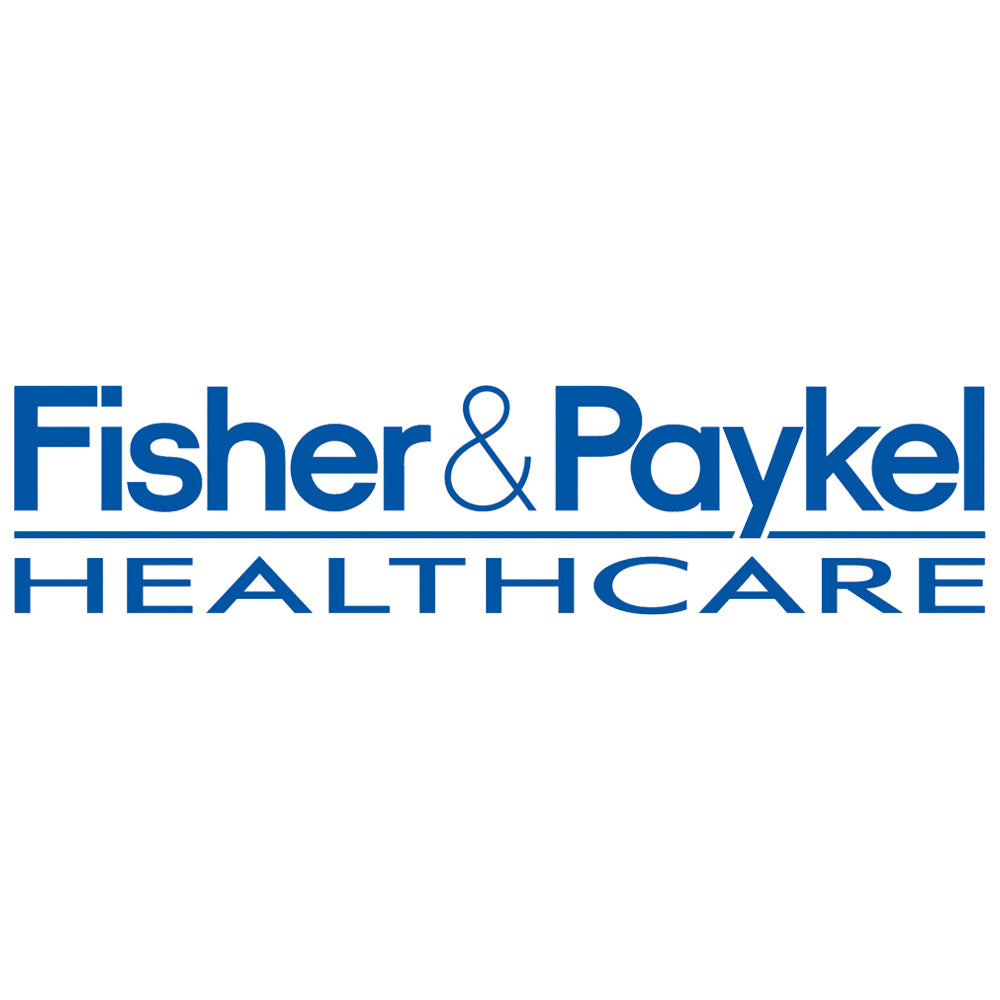


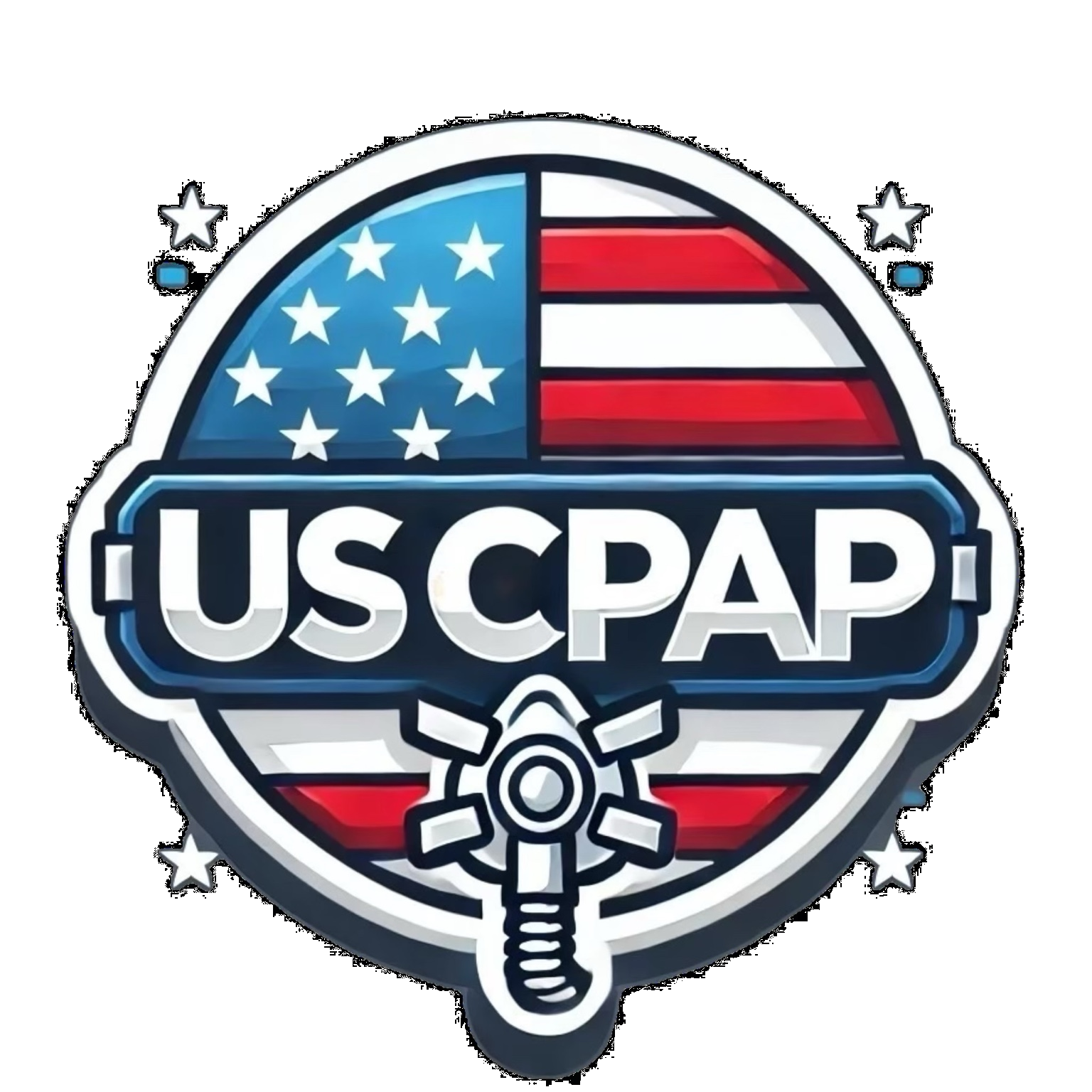
Leave a comment
This site is protected by hCaptcha and the hCaptcha Privacy Policy and Terms of Service apply.